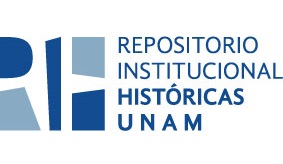La visión mestiza novohispana del siglo XVI sobre el sacrificio humano indígena
Resumen
This article studies the imaginary of indigenous sacrifice in the mestizo vision of the 16th century. As primary sources I have used the three novohispanic mestizo narratives of the same period: Diego Muñoz Camargo, Juan Bautista Pomar, and Fernando de Alva Ixtlilxóchitl. Through hermeneutic and quantitative analyses, the translational approach of the mestizo vision (of its three representatives) is evidenced by means of Christian culture, and the tendency to highlight ethnic particularisms and multiculturalism. On the other hand, the article pinpoints a shift in the vision according to social, economic, and ethnic interests. Este artículo estudia el imaginario del sacrificio indígena en la visión mestiza del siglo XVI. Como fuentes primarias, he utilizado las tres narrativas mestizas novohispanas del mismo período: Diego Muñoz Camargo, Juan Bautista Pomar y Fernando de Alva Ixtlilxóchitl. Mediante análisis hermenéuticos y cuantitativos, se evidencia el enfoque traslacional de la visión mestiza (de sus tres representantes) a través de la cultura cristiana y la tendencia a destacar los particularismos étnicos y el multiculturalismo. Por otro lado, el artículo señala un cambio en la visión según los intereses sociales, económicos y étnicos
Cómo citar
Popescu, Liviu. "La visión mestiza novohispana del siglo XVI sobre el sacrificio humano indígena". Estudios de Historia Novohispana, 72 (2025): 5-40. Edición digital en PDF. Disponible en https://doi.org/10.22201/iih.24486922e.2025.72.77853, Disponible en Repositorio Institucional Históricas-UNAM, http://hdl.handle.net/20.500.12525/6276Consulte el texto completo
Acceder al recursoConsulte el número/libro completo
https://ru.historicas.unam.mx/handle/20.500.12525/5061Aparece en las colecciones
Excepto si se señala otra cosa, la licencia del ítem se describe como http://creativecommons.org/licenses/by-nc-sa/4.0




